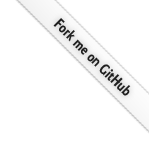Provides a solid color outline to the filtered object by utilizing h3d.pass.Outline render pass.
Constructor
new(size:Float = 4.0, color:Int = 0x000000, quality:Float = 0.3, multiplyAlpha:Bool = true)
Create a new Outline filter.
Parameters:
size | Width of the outline. |
|---|---|
color | The color of the outline. |
quality | The sample count with quality/speed tradeoff. |
multiplyAlpha | Enable alpha premultiplying of the resulting color. |
Variables
quality:Float
Represents sample count with quality/speed tradeoff. Larger value leads to more samples and more accurate outline in exchange to calculation speed.
See also:
